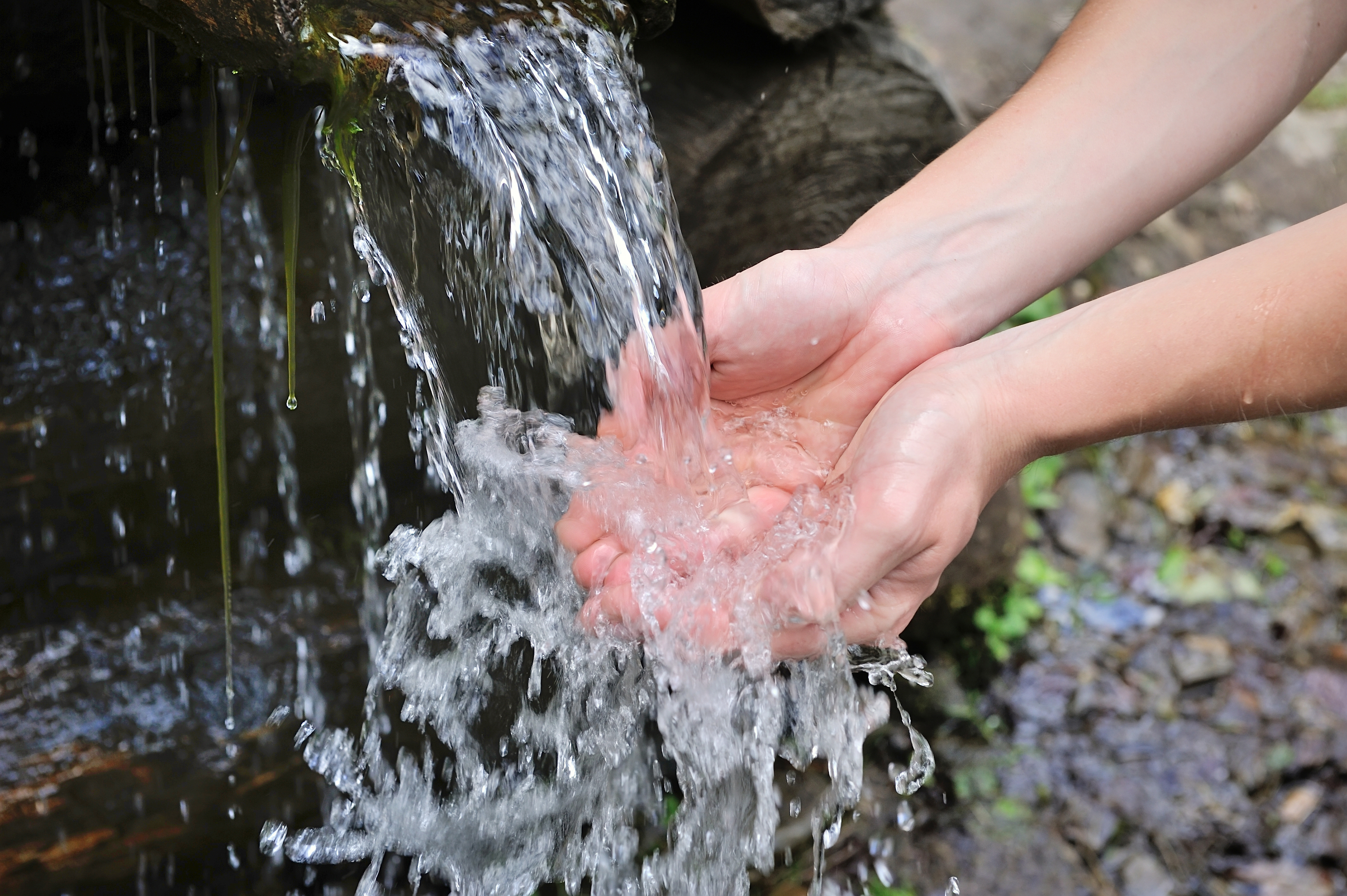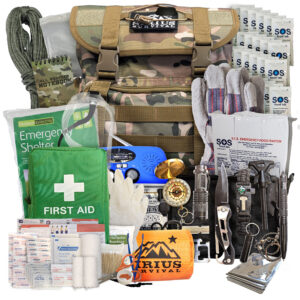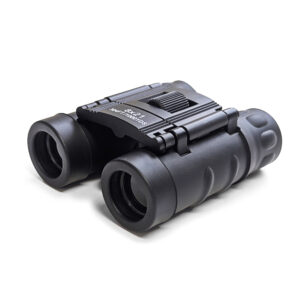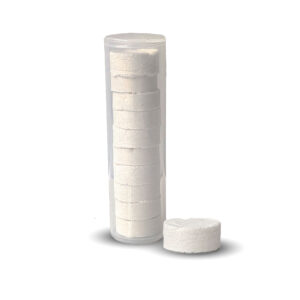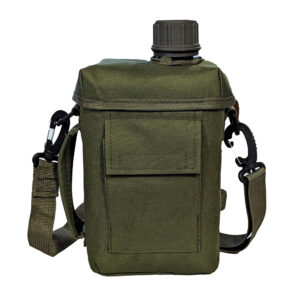If you’re a survivalist then you know that one of the most essential tasks is to find drinkable water. Just because you have found a water source does not mean that it is safe to consume. All water contains microscopic organisms – some of which can make a person extremely sick, or even cause death. Before drinking any water you acquire in the wild you will need to be sure it is safe for drinking. There are several methods to do this.
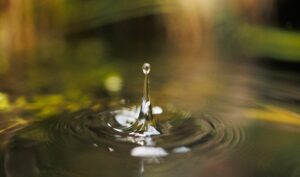
Boiling
The most effective way to purify water is to boil it. Most bacteria and and microorganisms can’t survive the boiling process. Even though boiling is the most effective way to purify your water you should only boil clear water. Do not use this method if the water has leaves, algae, or other debris in it. Although the boiling process will get rid of the bacteria many of the minerals found in the debris can still seep into the water during this process.
If you are going to use this technique to purify then you’ll need some sort of storage container for the water. A pot is the best option. You’ll also need a strong fire. You can start a fire with a fire starter if you have one, or by using materials found around you. Check out this article for more details. Once the water is boiling you will need to keep it on the heat for at least 5 minutes. This ensures that the bacteria is being killed off.

Rocks
You can collect materials from the wild to help you purify your water. Rocks, sand, and charcoal can be used. Even so, this method does not completely guarantee that impurities will be filtered out. This is just a jumping off point for the process. It will take out the visible debris and particles but you will want to use an additional method afterwards or you’ll risk illness.
If you choose to use this strategy you’ll need to find various sizes of rocks. It can also be helpful to use rocks as well as sand. The differing sizes helps to get out more debris. Here is a more in depth look at the process.
Water Filtration System
If you’re a true survivalist then you will probably have some sort of water filtration system in your bug out bag. No gear is complete without one of these handy filtering straws. This straw can essentially be inserted into any lake, stream, or pond. You’ll be able to drink right from the straw because it houses a water filter.
Filters in these types of systems are incredibly strong and are known to reduce bacteria. They are proven to be up to 99.99% effective.
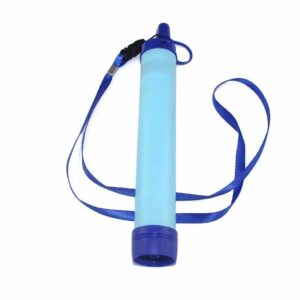
Tablets or Drops
Another great option for purifying your drinking water is to use purification tablets or drops. Essentially you drop a tablet into your water and in as little as thirty minutes your water will be safe for drinking. The thing about these tablets or drops is that there are specific quantities you need for using. For example, one tablet may be effective for ten gallons. This can get tricky because you may only be collecting a little bit of water at a time if you’re in the wild. Using these tablets or drops may not be the best option if this is the case.
Most tablets require a certain amount of water and will be too potent in smaller quantities. This is an overall drawback of this method. Even so, it may be a good idea to have these with you just in case you do come across a large water source.
Distillation
The process of distilling water is when you turn the water into vapor and then back into water again. This process helps to remove other things that might be in the water. Since you will need heat to complete this, this purification method works especially well in tropical settings. It’s common to find additional sodium, aka salt, in water, especially in tropical environments. Sodium can actually dehydrate you more so this can be dangerous. Distilling water with sodium in it will help to remove those particles.
This particular process would most likely need to be planned out ahead of time because it requires items that are not easily found in the wild. You will need two containers, one smaller than the other. You will also need a cover of some sort. Place the smaller container inside of the larger one and fill the larger one with your water. Place a cover on top of the larger container and allow the process to take place. You’ll need to be sure that the cover is dented to drip into the smaller container.
In addition to not being especially practical it can also be extremely time consuming as well. It should also be said that this is not 100% effective at purifying the water. Distilling is not the same as purifying. Although you will be removing some particles and minerals there is opportunity for some to remain in the water.
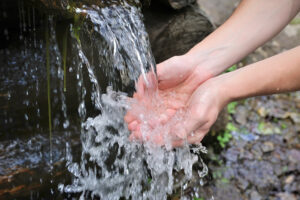
Plants
Did you know that some plants can actually purify your water for you? There are several that, if combined with water, actually purify and make it safe to drink. Simply place the plants inside a container along with the water and let it soak together. Below is a list of these plants.
- Plant Xylem
- Cilantro
- Rice and coconuts
- Banana peels
- Fruit Peels
- Reeds and bulrushes
- Jackfruit seeds
- Java plum seed
- Moringa Oleifera
- Oregon Grape
In addition to have purification properties there are many plants that can be ingested as a source of water. For example, coconuts are a great water supply. If you are able to find coconuts you can drink the water that is inside.
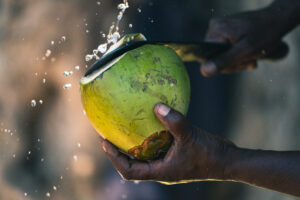
Stone Boiling
This method is probably not the most effective or convenient – but it is an option. If you don’t have a container that can withstand being put into a fire to boil your water you may need to make one. A clay pot can be crafted from the mud of a river bed. Even so, it probably won’t withstand the heat directly from being placed on a fire. Instead, an option might be to place rocks directly on the coals of the fire. Once the rocks are hot use tongs or sticks to remove them and place them directly into the pot or container of water. If the water inside your container does not immediately start to boil you will need to continue to add hot rocks to the water.
Sedimentation
If you have dark or murky water this option will probably seem like a no-brainer. If you let your water stay stagnant (not moving) for a long enough period of time the extra particles, or sediment, will fall to the bottom. You will then need to use a separate container or some type of filter mechanism to scoop the clear water off the top without disturbing the sediment at the bottom.
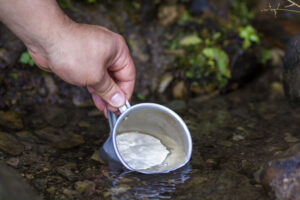
Your best bet if you are planning an adventure where you’ll be purifying your own water is to 1) buy a water filter straw or 2) bring along a pot for boiling water and a fire starter. You can’t survive very long without water. It is an essential. Having access to pure drinking water is a necessity. Be sure you are prepared before you head out. Most of these methods can be combined with each other for better results. For example, remove the sediment from your water and then boil it. You can also use rocks to filter your water before using a water filtration straw. No matter which option you choose be sure your water is pure and safe to drink.
